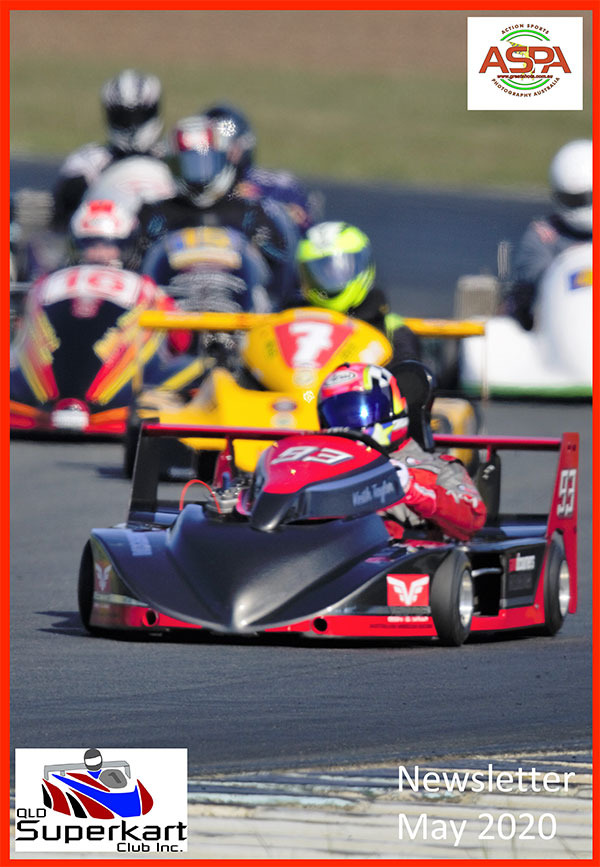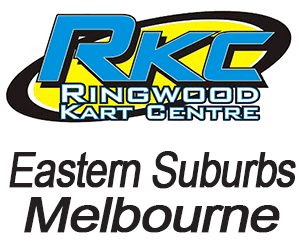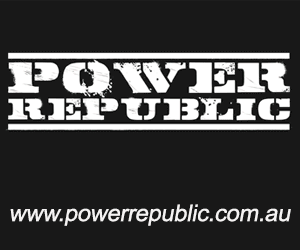by Chryss Jamieson
When superkarting kicked off in Queensland in the early 70s, it was mostly contested by people who were racing sprint karts, so for those who competed, it was just a case of bolting on a clutch.
St George Kart Centre in Sydney started to produce the long track version of the ANS kart, and other brands from the UK and Europe started to come in.
The Zip Kart made by Martin Hines in the UK was by far the most popular at the time. Swiss Hutless also made a road race version and one of the Queensland Superkart Club members got hold of one of those karts and over time made a copy – and so was the beginning of the Gladiator.
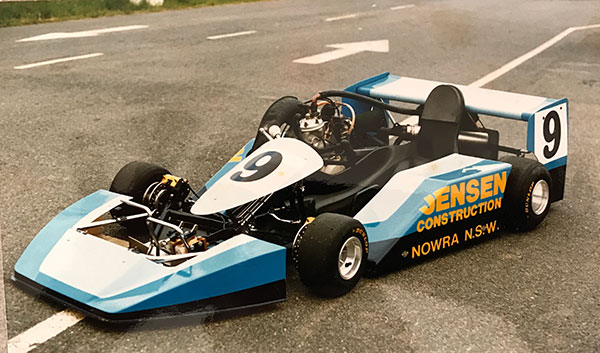
The project was kicked off by Leo Ciccotelli and Graham Searle with only a few chassis ever made by them. They did however, make my first ever Gladiator laydown kart which only had rear brakes. I wanted to update my kart and as Leo was not interested in making the karts any longer, I inherited all the drawings and jigs.
Many improvements were made which included adding front brakes, new laydown fibreglass seat and a new aero package. The Gladiator was only ever used for 80 and 125cc gearbox but the idea of a 250 chassis was floated after Superkarts were invited to run at the first ever Gold Coast IndyCar event.
A new chassis was in the making and a huge effort went into the production. Ian Smith had redeveloped a new brake package and some of the chassis design was similar to the first Zip karts. This kart was only going to be used as a 250 National, so with the help of John Roberts, we got hold of a 250cc Yamaha. When the kart finally made it to the track, it only took a few small adjustments and it was a rocket. The engine was stock out of the bike and we even used the original bike exhaust.
At that time, Queensland only had Lakeside as a race track and by the end of the first race meeting, we had achieved a record breaking lap time of 54.00 sec only to be pipped by Brian Stockman on the last race by 1/10th – 53.99.
The Gold Coast Indy meeting was getting close and we were eager to get the kart back onto the track. Finally, the event was on and it was John Roberts who was going to be the driver. Through out the practice sessions we started to find all the faults in the kart racing on a more demanding track. The biggest issue was the brakes and like a lot of other competitors, we were going through brake pads at an alarming rate. Our testing at Lakeside did not see this problem as there were not that many hard-braking corners, but we certainly learnt a lot about brakes that weekend. Needless to say, the weekend was a bit of a disaster but managed to finish the race at half pace nursing the last set of brake pads.
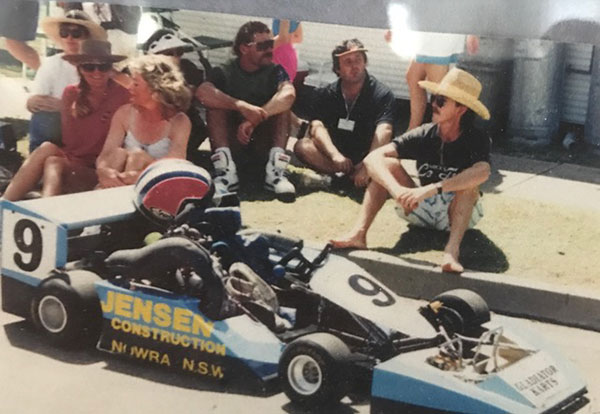
So, back to the workshop and bigger front disc rotors were fitted, harder brake pad compounds were sourced and it was ready to go again.
I ran the kart next at the National Titles at Mallala SA, which proved to be very difficult as practice was limited and I had engine mount issues. Back home, I fixed those problems but was starting to lose interest in the 250cc Gladiator and eventually sold the kart.
Looking back, that kart was very raw basic but handled good and with the other problems ironed out, was a good kart, however, as I was learning more about kart making, I could see the design was outdated and needed a complete makeover. By this stage, Zip and Anderson were producing really good chassis, so the Gladiator kart manufacturing came to an end.
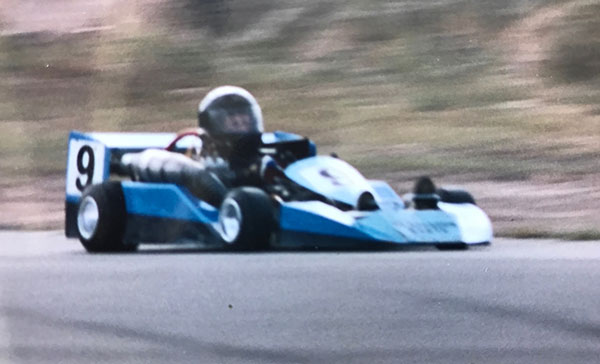
The new owner of the kart had some success with it but unfortunately passed away soon after. His father contacted the club to try and sell it off, without any luck, so like many other old karts, it is stuck in someone’s shed rusting away. With the quality of the karts now, that is probably where it needs to be.
- To access the Queensland Superkart Club’s May newsletter, click HERE.
